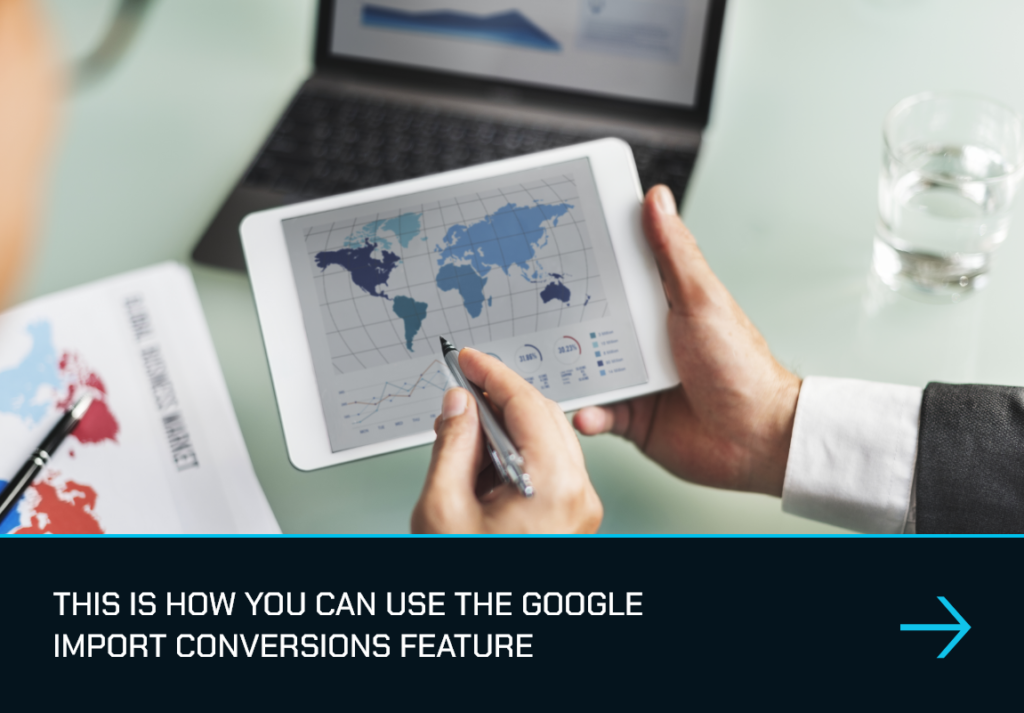Google Ads lets you target individuals who are actively interested in what your company has to offer. Furthermore, it raises market awareness of your brand. As a result, it helps in the overall growth of your company.
While Google Ads helps you enhance your connection with your target audience, monitoring is critical for knowing where those leads are coming from. Furthermore, understanding how to use the Google Ads offline conversion monitoring helps correctly attribute ad success, empowering your lead generation tactics and generating higher-quality prospects.
What is Google Ads?
Google Ads allows you to build online ads and target people interested in the products and services you provide. It is based on a pay-per-click (PPC) basis. Ultimately, this means that advertisers will target a certain term on Google and place bids on it. Furthermore, it is worthwhile to utilise Google Ads since they give a cost-effective solution for businesses of all kinds to reach a practically focused audience. Overall, they are very adaptable, allowing you to start, stop, pause, or even change your bids at any time.

What is the Google Import Conversions feature?
Formerly known as Offline Import Conversion, the Google Import Conversions feature allows you to import offline conversions to Google Ads. The function allows you to track and quantify key conversions performed through other platforms and assign them to your ad campaign; this includes downloads, phone calls, form submissions, and so on.
How can you use the Google Import Conversions feature?
Before you can begin importing offline conversions, you must first complete the following steps:
- Turn on auto-tagging. This enables you to monitor how well your ad clicks convert to meaningful consumer behaviour such as phone calls, online purchases, newsletter sign-ups, app downloads, and more.
- Ensure that you can associate each GCLID with the prospect information obtained on your website. The Google Click ID (GCLID) is a parameter supplied in the URL with ad clicks that identify the campaign and other click data connected with the ad for ad tracking and campaign attribution.
- Determine if you can make revisions to all of your websites. This allows you to collect the GCLID (Google Click Identifier) parameter that is added to the URL. Ultimately, users click on this after seeing one of your advertisements.
- Finally, ensure that your click-to-conversion cycle is fewer than 90 days. Conversions uploaded longer than 90 days after the related last click will not be imported by Google Ads. In return, they will not appear in your conversion statistics.
To set this up, go through the following steps:
- Create at least one import conversion action: For each type of offline conversion you want to track, you will need to build a new conversion action. You are free to track as many offline conversion actions as you like.
- Allow your website and lead tracking system to function:
- Edit each form submission page to include a hidden form field for the GCLID.
- Make changes to the code on each of your web pages to collect and save the GCLID.
- Modify your backend customer data management system to make it store the GCLID together with the prospect’s information when it gets the GCLID value from the form field.
Rather than utilising a click ID as with conversions from clicks, you track information about phone conversations that resulted in purchases or other useful customer activities. Specifically, Google Import Conversions helps you track the following:
- Store visits: Conversions from store visits are done through local marketing and are only available to businesses with multiple locations. While it is impossible to insert tags into individuals coming through the doors to confirm that they interacted with your advertisements, you can still track clicks online and cross-reference them with in-store visits and behaviour to construct a picture of how your ads influenced your in-store visits and sales.
- Clicks: Conversions from a website and phone number clicks involve the installation of the googleEventSnippet, which should be placed on web pages that indicate a conversion action. Furthermore, this includes a checkout confirmation or lead submission page and the googleGlobalSiteTag, which must be installed on every page of your website.
- Calls: Calls may be monitored by integrating call conversion data from your in-house call centre into Google Ads. Due to the unique codes in your advertisements, any click to call from your ad may be monitored, whether it’s clicking the phone number on your website or a click-to-call action on the ad. AdCallMetricsConversion tracker is required for tracking phone calls from call extensions. These make use of a Google forwarding number and specify the conversion tracker in the FeedItem of the phone call extension. This sort of conversion is referred to as Calls from advertising in the Google Ads UI.
What are the benefits of the Google Import Conversions feature?
Even in our increasingly digital world, a significant part of consumer behaviour continues to take place outside of the digital domains of the laptop and smartphone. Furthermore, people continue to make purchases at traditional brick-and-mortar businesses.
When you have sales, it is easy to see if your advertising are effective. However, measuring allows you to discover the exact formula that leads to those conversions. You can track which of your advertisements and keywords generate the most sales calls for your company by integrating the Google Import Conversion feature in Google Ads. Rather than utilising a click ID to measure conversions from clicks, you collect information about the different transactions that resulted in purchases or other useful customer activities.
When correctly executed, the Google Import Conversions feature may significantly enhance the efficacy of your entire marketing approach.

